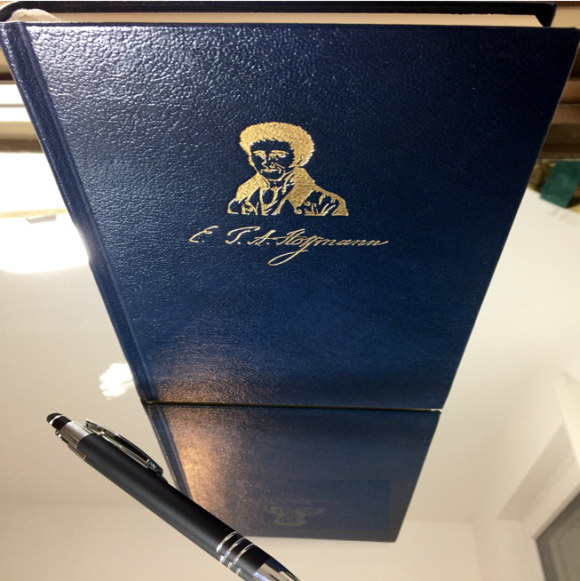Jung says that synchronistic phenomena appear when an archetype of the collective unconscious is triggered (or ‘constellated’). He also points out, interestingly, that this usually goes along with projections:
‘Constellated’ (activated) unconscious contents are, as far as we know, always at that time projected, i.e. they are either detected in external objects, or there is at least a claim that they exist outside of one’s own psyche. […] the projection is not consciously made by the individuum, it happens automatically and is also not recognized as one.
‘Konstellierte’ (aktivierte) unbewußte Inhalte sind, soviel wir wissen, immer zugleich auch projiziert, das heißt sie werden entweder an äußeren Objekten entdeckt, oder man behauptet wenigstens, daß sie außerhalb der eigenen Psyche vorhanden seien. […] die […] Projektion wird vom Individuum nicht bewußt gemacht, sondern sie ergibt sich automatisch und wird auch als solche nicht erkannt […].
GW V, §92; Jung’s emphasis.
In particular, this applies to the contrasexual intrapsychic counterpart, that is, the anima (in a man) or the animus (in a woman), which are projected into romantic lovers.

Interestingly, the mirror theory of eros arrives at a similar result. And in the particular case of erotic attraction, it is immediately obvious what it means that the projection is neither deliberately made nor recognized as such. The mirror theory explains why that is: the phantasma floods the spiritual mirror — the medium which enables the soul to interact with the external world — and cannibalizes the subject’s psychology: the subject sees and hears the beloved other in everything they take in.
It is unsurprising, then, that synchronicities are frequently experienced by romantic lovers:
Extraordinary events [synchronistic coincidences] like this tend to cluster around a profoundly felt love affair. [A] couple reports that when they first met, they communicated largely by reading one another’s minds while tossing nonsense phrases back and forth. Now, twenty-five years after the end of their affair, they still regularly communicate a “psychic” request for a phone call over the thousands of miles that separate them.
John Ryan Haule, Divine Madness: Archetypes of Romantic Love, 38-39.
And given how truly universal erotic infatuation is, this is probably the form the experience of synchronicities takes for most people (if they experience any in their life at all).
However, the takeover of the subject’s psyche by eros seems to be a different occasion for constellating an archetype than the one we looked at earlier — which Jung characterized as a crisis in a conflict between conscious direction and unconscious drives (“a situation in which insight and willed decisions run against the unsurmountable barrier of an opposing and adverse unconscious”; GW VIII §895). If that is true, we have identified at least two general ways in which the activation might happen. The mirror theory might help us understand only one of them (the romantic infatuation situation), but that is the one that commonly goes along with synchronicities; the mirror theory may thus also provide clues to a better understanding of that phenomenon.




[…] this happens to state what exactly are we trying to constellate?! It’s usually seen as an aspect […]